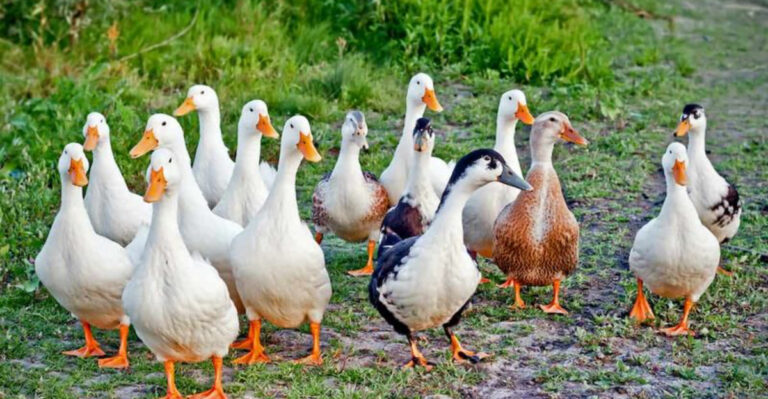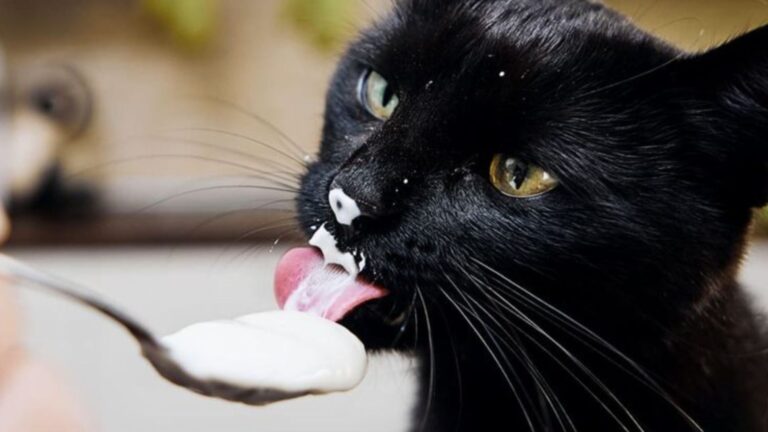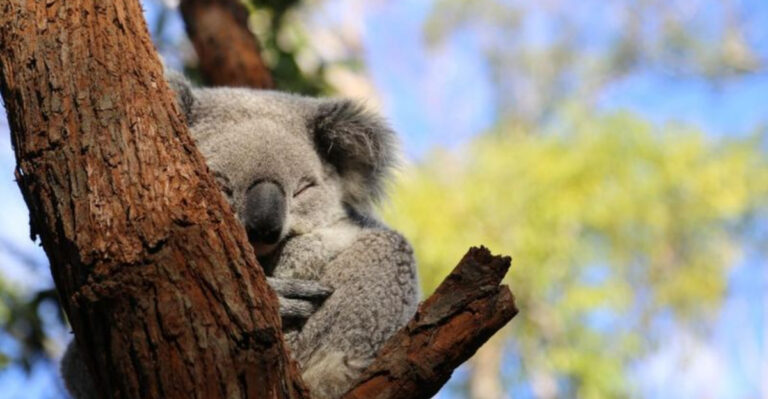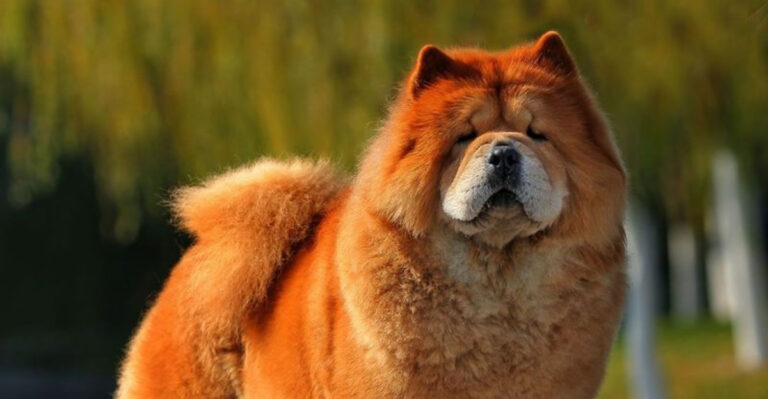16 Fascinating Facts About Horse Intelligence And Communication
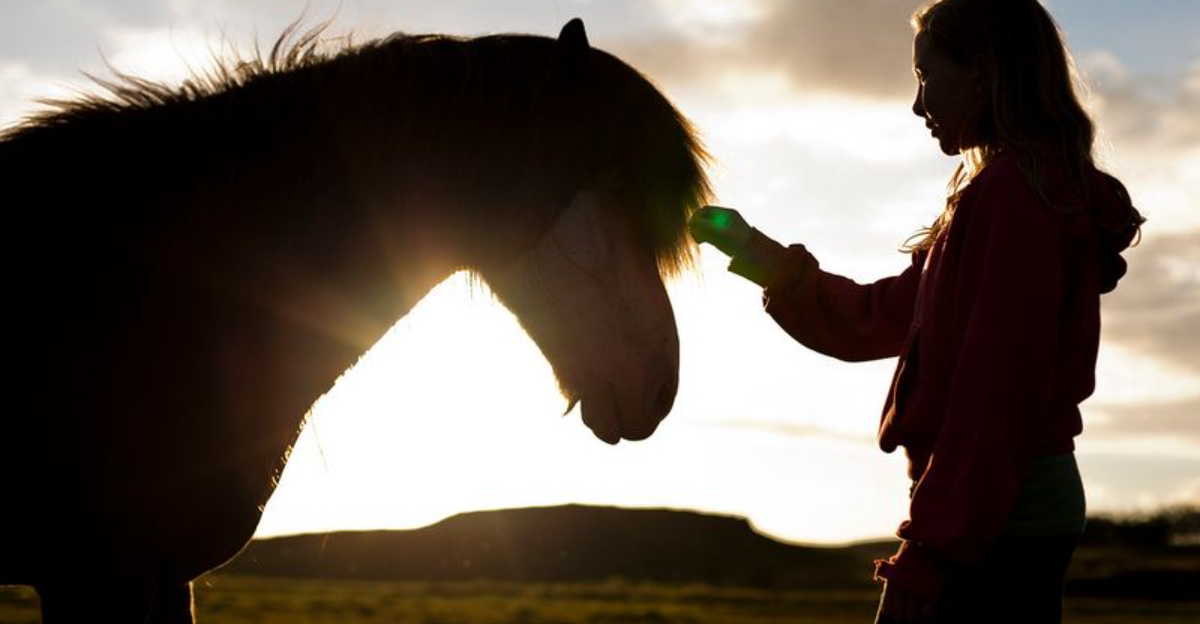
Horses are remarkable creatures, not just for their beauty and grace but also for their surprisingly complex intelligence and ability to communicate. Here are some fascinating facts that showcase the depth of horse intelligence and the nuances of how they communicate with humans and other horses.
From understanding human emotions to their unique vocalizations and body language, horses continue to amaze us with their cognitive capabilities. Each fact is a testament to their intelligence, providing insights into how we can better connect with these majestic animals.
1. Understanding Human Emotions
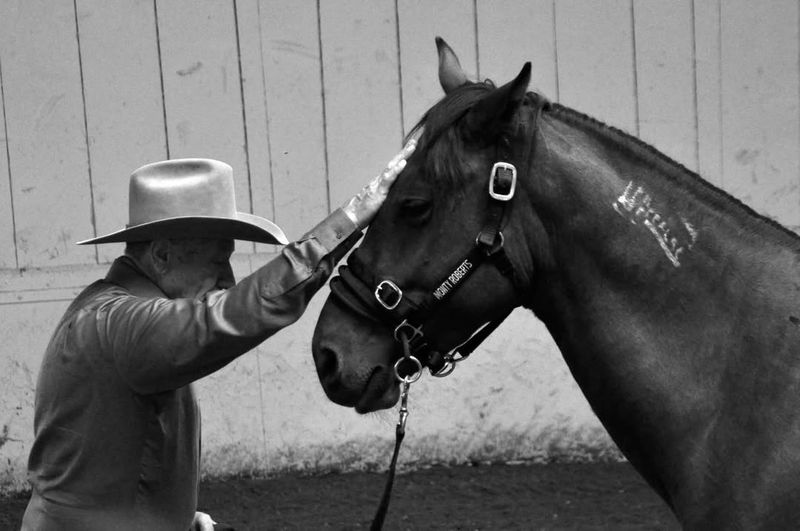
Horses have a remarkable ability to understand human emotions. They can read facial expressions and body language to gauge how a person is feeling. This empathy allows them to respond appropriately, offering comfort or companionship when needed.
Research shows that horses can distinguish between happy and angry faces, reacting differently to each. Their sensitivity to human emotions is not only fascinating but also enriches the bond between humans and horses.
2. Complex Vocalizations
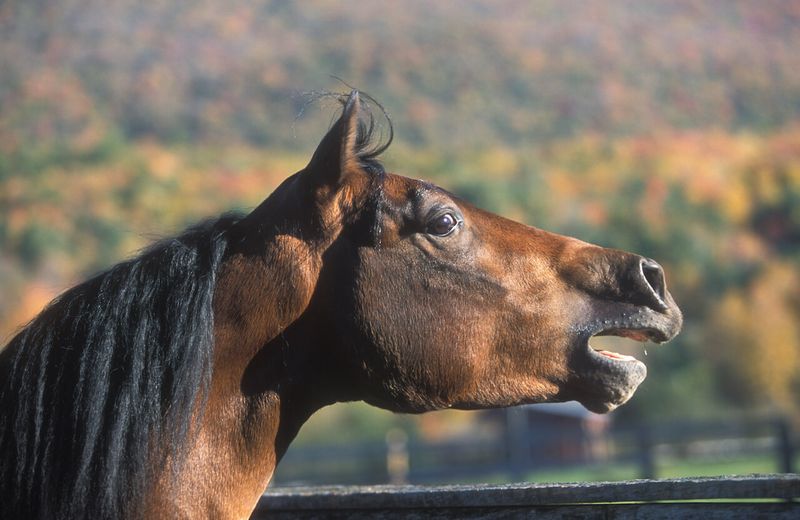
Horses use a variety of vocalizations to communicate with each other. These include whinnies, neighs, and nickers, each serving a different purpose. For example, a whinny may signal distress, while a gentle nicker often conveys affection or greeting.
Understanding these sounds helps us interpret their needs and emotions better. The complexity of their vocal range reflects their intelligence and social nature, enabling them to maintain relationships within the herd. By listening to these vocal cues, we can establish more profound connections with horses.
3. Sophisticated Body Language
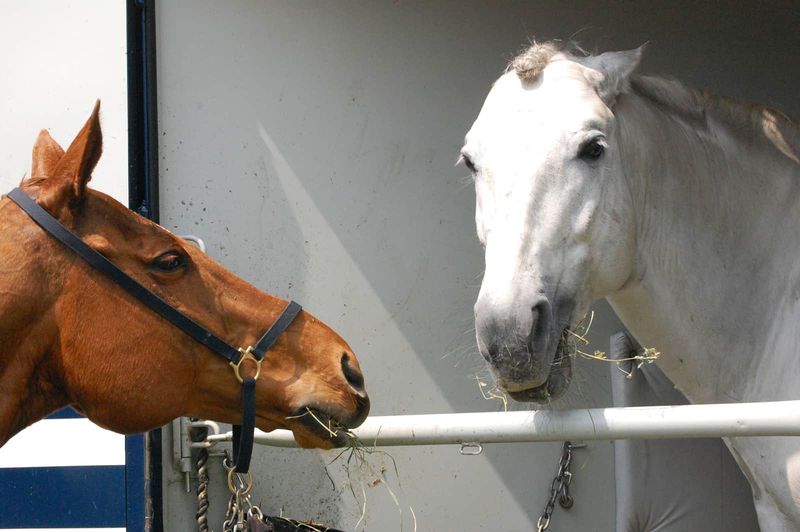
Horses communicate extensively through body language. Ear movements, tail swishes, and facial expressions are all part of their non-verbal communication toolkit. Observing these signals can reveal a lot about a horse’s mood and intentions.
For instance, pinned ears may indicate irritation or aggression, while a relaxed posture suggests calmness. Understanding these cues enhances our ability to interact with them effectively. This sophisticated form of communication underscores their intelligence and ability to convey complex messages without words.
4. Problem-Solving Abilities
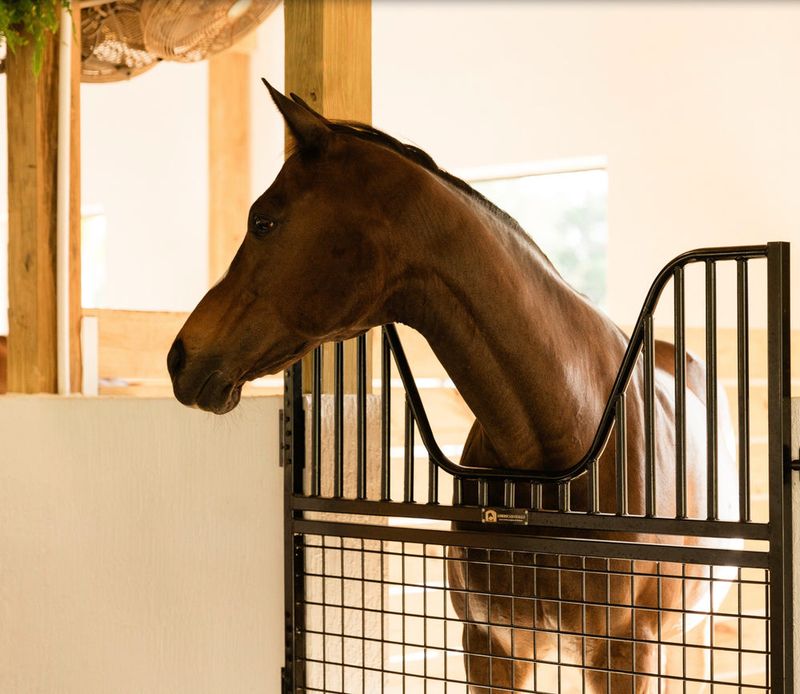
Horses possess impressive problem-solving skills, often figuring out how to open gates or access hidden food. Their curiosity drives them to explore and interact with their environment in creative ways.
This intelligence is akin to that of dogs and other highly cognitive animals. By setting up problem-solving tasks, we can stimulate their minds and keep them engaged. These activities not only entertain them but also strengthen the bond between horses and humans through shared experiences.
5. Memory Retention
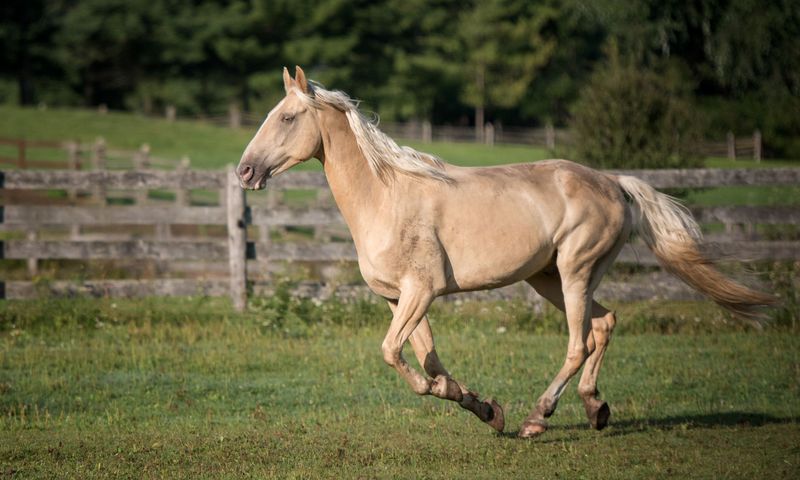
Horses have excellent memory retention, remembering people, places, and experiences over long periods. This trait enables them to thrive in familiar environments and remember previous training sessions.
Their memory plays a crucial role in their ability to learn new tasks and navigate their surroundings confidently.
Understanding their memory capabilities can enhance training methods, allowing for more effective communication and learning. This trait highlights their cognitive depth and ability to form lasting bonds.
6. Ability To Learn By Observation
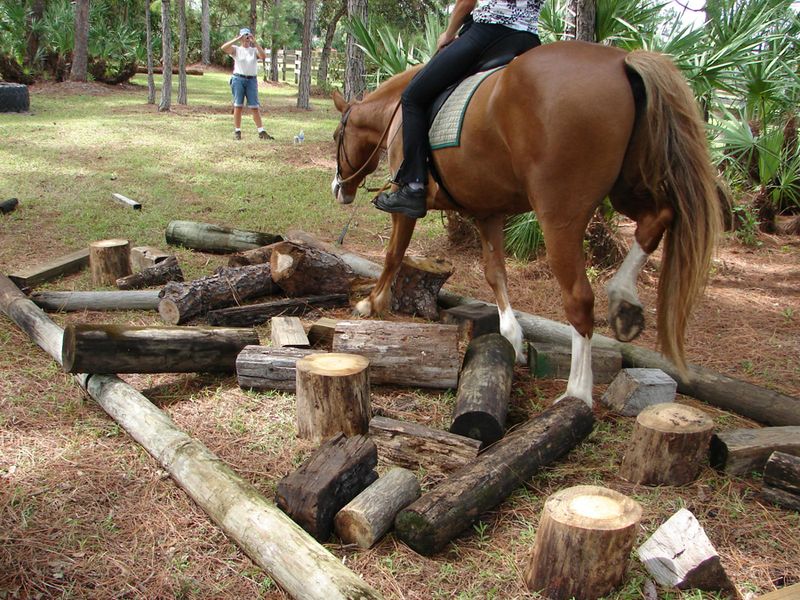
Horses can learn new behaviors by observing others. This learning method, known as social learning, is a sign of advanced cognitive functioning. By watching their peers, horses can pick up on techniques and strategies, such as how to navigate obstacles.
This capability allows them to adapt to new situations and environments more effectively. Social learning not only enriches their lives but also provides opportunities for enrichment and growth within the herd. It highlights their intelligence and adaptability.
7. Emotional Bonding With Humans
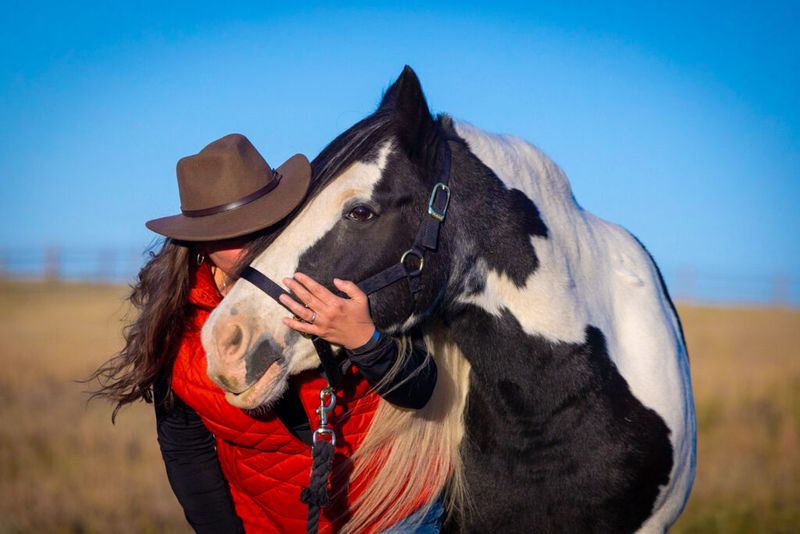
The emotional bond between horses and humans is profound and unique. Horses are capable of forming deep emotional connections with their owners, recognizing individual voices and appearances. This bond is often strengthened through consistent interaction and positive reinforcement.
The trust developed between horse and human can lead to improved communication and collaboration, enhancing riding and training experiences. This emotional depth is a testament to their intelligence and capacity for forming meaningful relationships.
8. Recognizing Human Faces
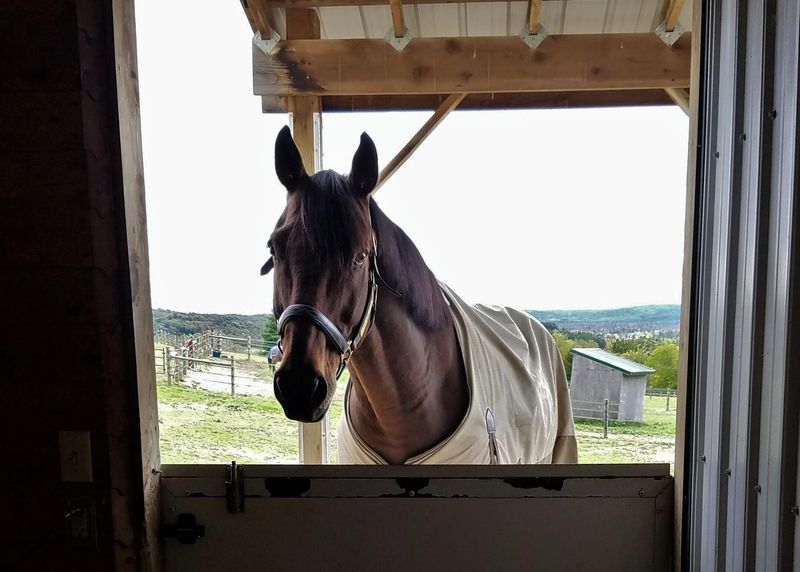
Horses have the ability to recognize human faces, distinguishing them from strangers. This skill is part of their advanced social intelligence, allowing them to develop specific associations with different people. By recognizing faces, horses can respond more positively to familiar individuals, enhancing trust and cooperation.
This ability underscores their memory and social awareness, contributing to stronger human-animal interactions. It’s a fascinating aspect of their intelligence, highlighting their capability for detailed recognition and memory.
9. Sensitivity To Human Voice Tones
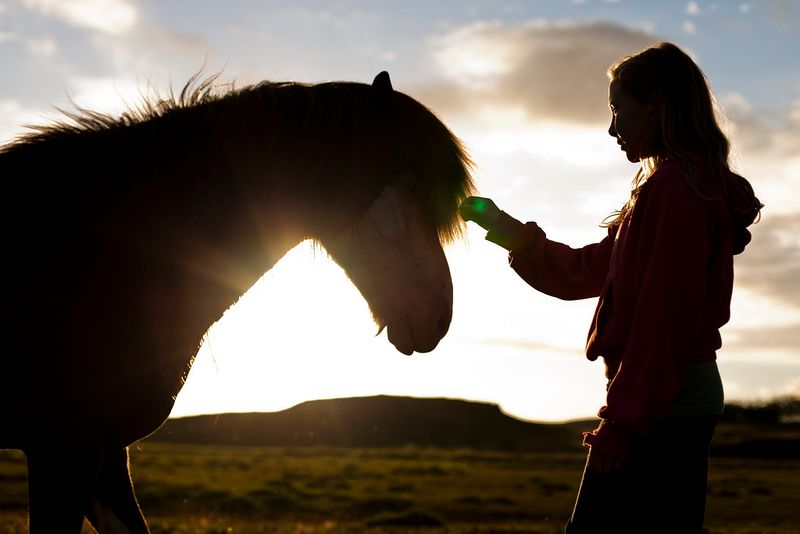
Horses are sensitive to the tones of human voices. They can differentiate between calm, soothing tones and harsher, more aggressive ones. This sensitivity plays a vital role in how they perceive and respond to humans.
By using a gentle tone, handlers can encourage cooperation and calmness, whereas harsher tones may cause anxiety or fear.
Understanding this aspect of horse communication can improve interactions and strengthen the bond between horses and humans. This reflects their perceptive nature and attunement to their environment.
10. Use Of Mirrors To Reduce Stress
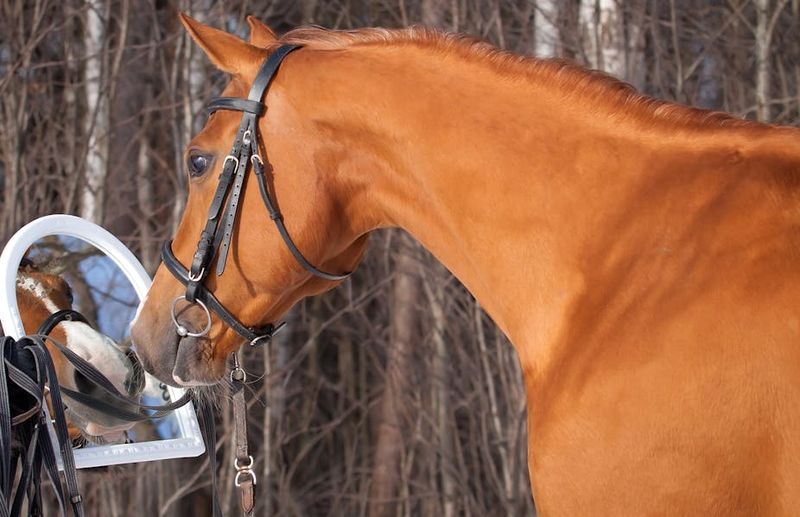
Researchers have discovered that horses can benefit from mirrors in their stables. Mirrors provide a sense of companionship, helping to reduce anxiety and stress, especially for horses kept alone.
This reflects their ability to perceive reflections as another horse, offering comfort and reducing feelings of isolation.
The use of mirrors enhances their welfare, showing their capacity for complex perception and emotional needs. It’s an innovative approach to improving their quality of life, demonstrating both their intelligence and sensitivity.
11. Understanding Human Gestures
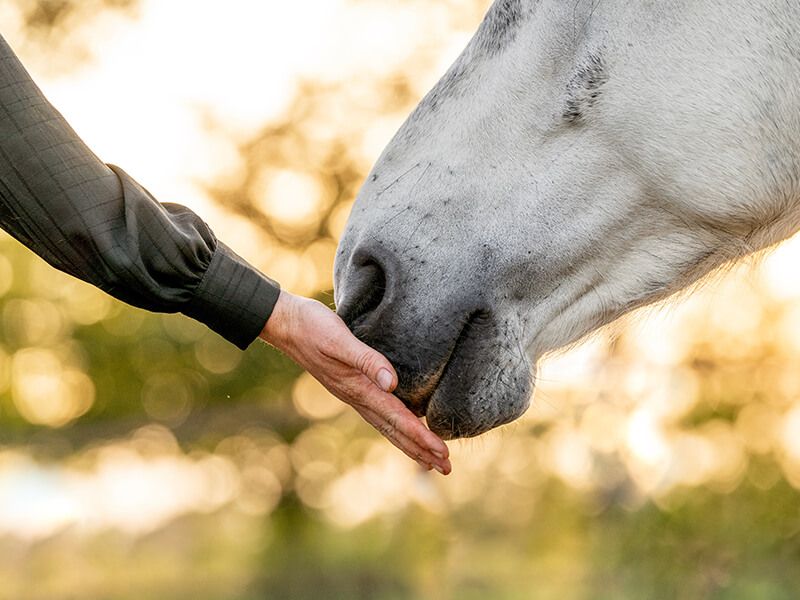
Horses can understand human gestures, such as pointing or signaling, which aids in training and communication. This ability shows their responsiveness and cognitive flexibility. By interpreting gestures, horses can follow instructions and adapt to various tasks, making them versatile and cooperative companions.
This understanding enhances their interactions with humans, supporting effective training and bonding experiences. It’s a testament to their intelligence and willingness to engage with humans on a deeper level.
12. Social Hierarchies Within Herds
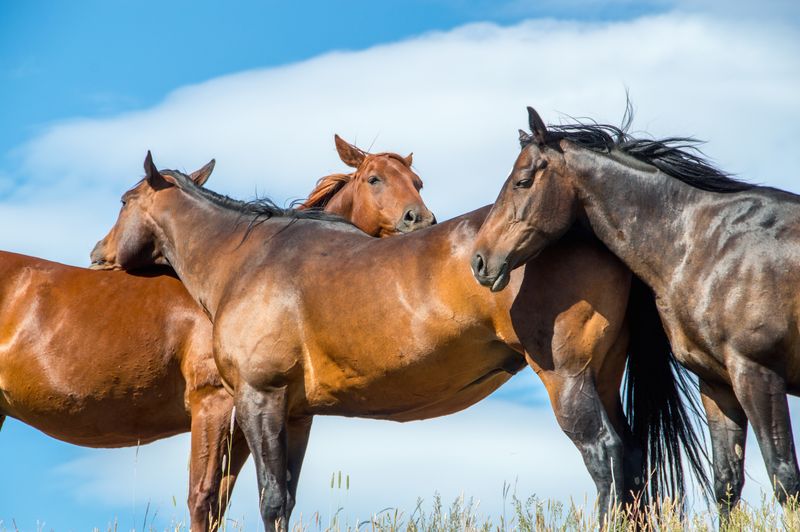
Horses naturally form social hierarchies within their herds, establishing leaders and followers. This organization is crucial for maintaining harmony and cooperation among group members.
By understanding their place within the hierarchy, horses can navigate social interactions effectively, reducing conflicts and ensuring survival.
Observing these dynamics offers insights into their social intelligence and ability to communicate roles and relationships. It emphasizes their instinctual behavior and the importance of social structure in their lives.
13. Use Of Facial Expressions
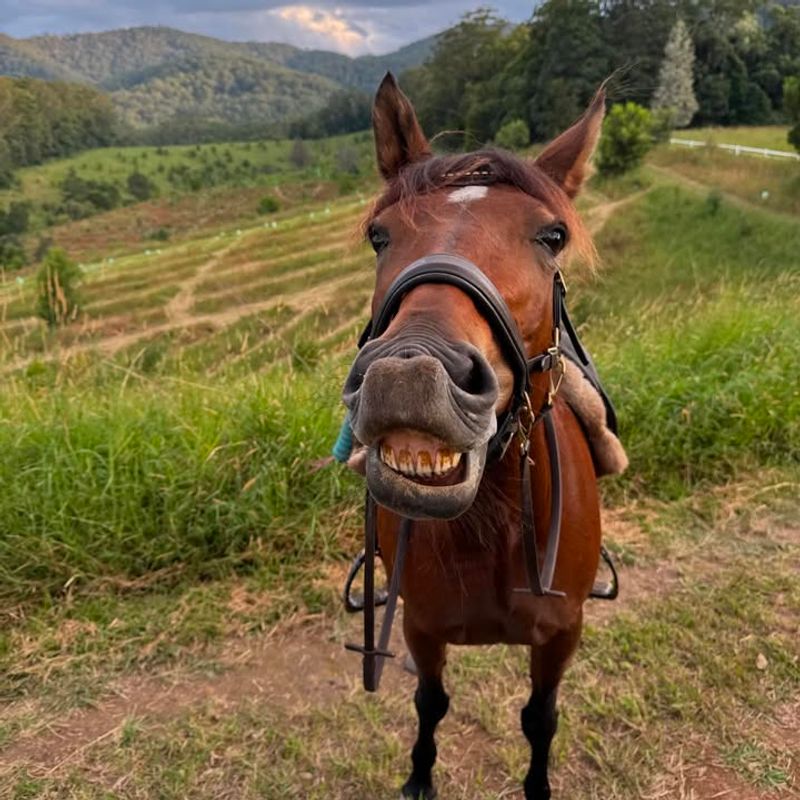
Horses use facial expressions to convey emotions and intentions. Subtle changes in their eyes, nostrils, and mouth can indicate feelings like curiosity, discomfort, or relaxation. These expressions help them communicate not only with each other but also with humans.
By learning to read these signs, handlers can better understand and respond to a horse’s needs. This form of communication reflects their emotional complexity and intelligence, enhancing interactions within the herd and with people.
14. Interpreting Human Eye Contact
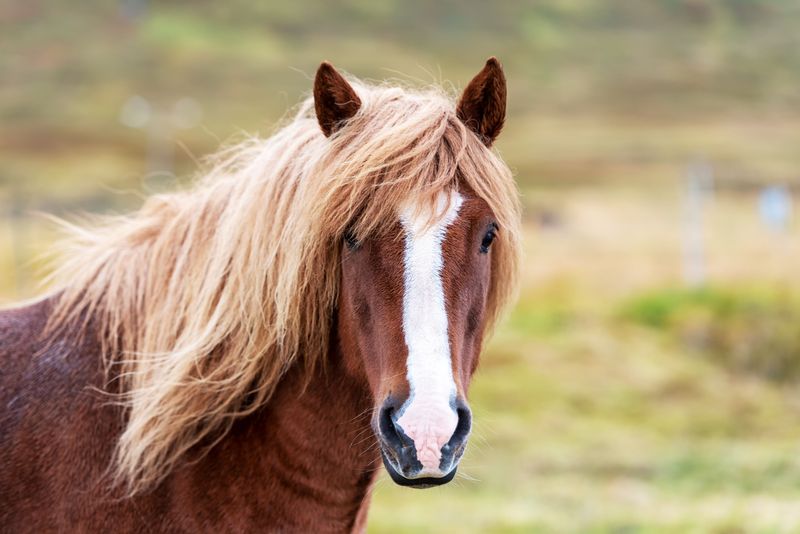
Horses are sensitive to eye contact from humans, interpreting it as a form of communication. Making eye contact can convey trust, understanding, and connection. When a horse feels comfortable, they may hold a person’s gaze, indicating a bond of trust and familiarity.
Conversely, avoiding eye contact might suggest discomfort or apprehension. Understanding this dynamic can aid in building a strong, trusting relationship with horses. It’s a subtle yet powerful aspect of their communication skills, highlighting their perceptive nature.
15. Sense Of Timing In Communication
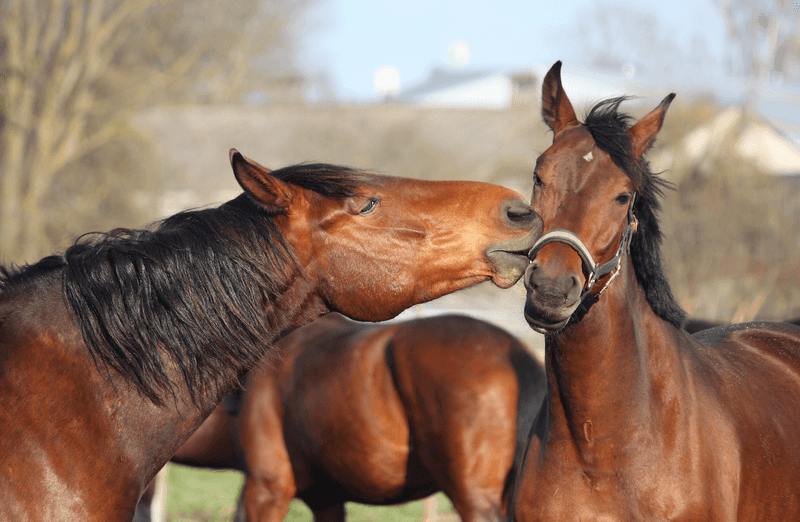
Horses have a keen sense of timing when it comes to communication. This ability allows them to coordinate movements and signals within a herd effectively.
They can time their actions to align with others, facilitating smoother interactions and maintaining social harmony. This precise timing reflects their intelligence and understanding of social dynamics. By observing their timing, we can gain insights into their communication methods and enhance our interactions with them.
16. Use Of Touch In Communication
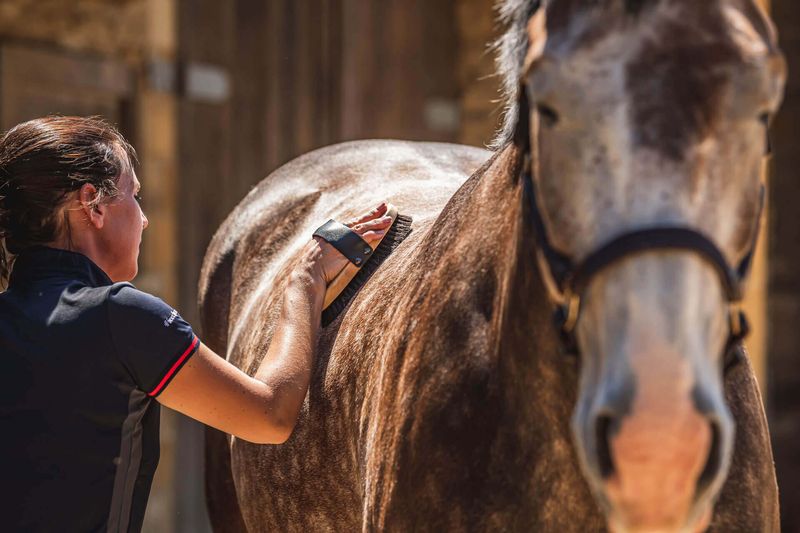
Touch plays a vital role in horse communication. Grooming, nuzzling, and gentle nudges are common ways horses express affection and establish social bonds. These tactile interactions are essential for maintaining relationships within the herd and with humans.
By engaging in mutual grooming, horses build trust and reinforce social ties. This use of touch highlights their social intelligence and the importance of physical contact in their communication repertoire. Understanding this aspect can deepen our relationships with these gentle creatures.

